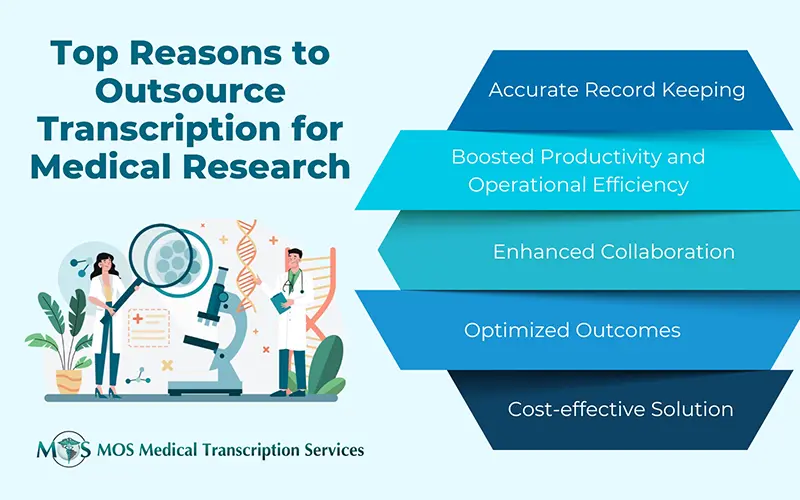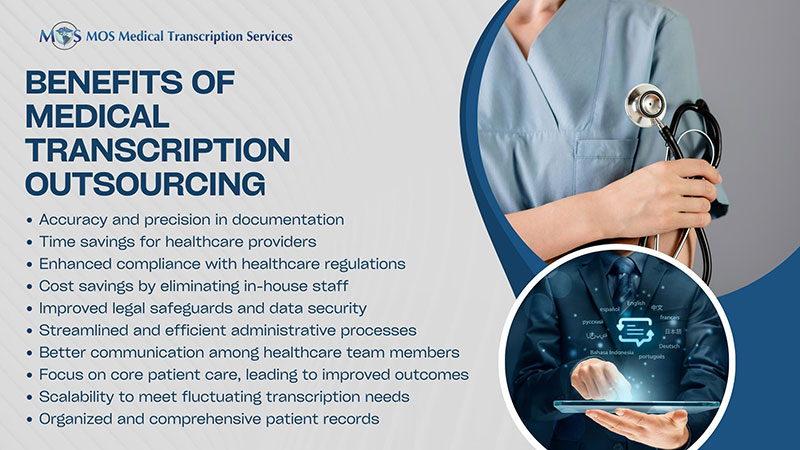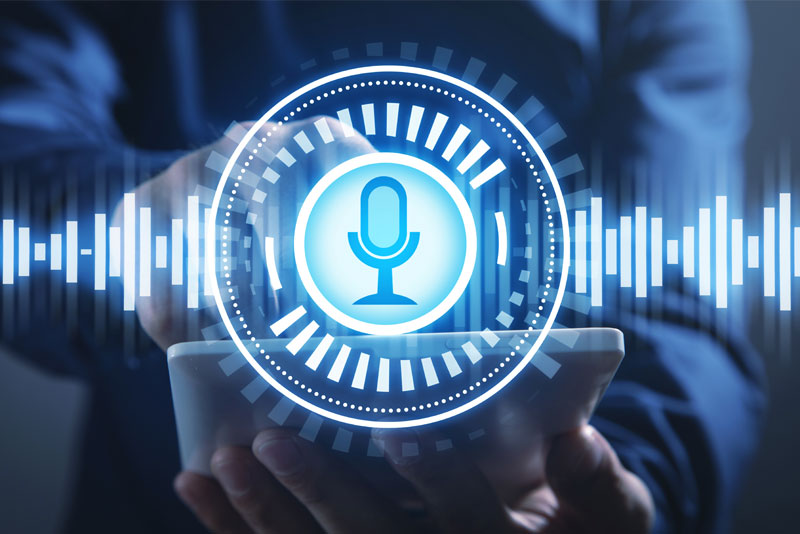
All physicians know that patient outcomes depend on successful communication. Open communication can help providers obtain more complete information from patients, improve the prospects of a more accurate diagnosis, and promote proper counseling, thus potentially improving patient adherence to treatment plans and health outcomes. With efficient EHR documentation support from medical transcription outsourcing companies, physicians are leveraging information technology to improve the quality of care. Electronic communication with established patients via email or text messaging is a useful strategy in many situations and can enhance the patient experience.
An increasing number of physicians are using electronic health records and web messaging to communicate with their patients. Email allows physicians to reach patients quickly and keep them informed about upcoming appointments or follow-ups, send medication prescriptions and advice, and more. This is especially useful in emergencies like the COVID-19 pandemic. One study found that 63% of physicians used email for their telehealth activities during the pandemic. However, providers have to take certain factors, especially security, into account when using email.
Important Considerations when using Email to Communicate with Patients
According to the American Medical Association, email correspondence should be used to supplement personal encounters, and not to establish a patient-physician relationship. Here are the things physicians have to keep in mind when using email to communicate with patients:
- Privacy and confidentiality: There are security concerns when using non-secure email accounts to communicate sensitive information, including increased risk of HIPAA violations. Best practice is to use applications that can encrypt the email message. Today, healthcare providers have a wide choice of cloud-based and on-premises security tool combinations that they can use to protect data, and safeguard email and other electronic communication. While the HIPAA does not prohibit the use of unencrypted e-mail for treatment-related communication between health care providers and patients, practices should have protected server supported by a firewall. Providers should also be aware about what types of information cannot be send via email.
- Notify patients about the risks: When using unencrypted email, physicians should get the patient’s informed consent for the same and ensure that the patient has acknowledged the risks. Use simple language in emails and encourage questions. Patients should be given the opportunity to accept or decline sending privileged information electronically. Here are 3 things that patients should be informed about, according to www.doctorsofbc.ca on:
- how emailing or faxing personal health information poses risk of accidental disclosure or interception by other parties
- precautions taken by the practice to reduce the risk of email breach
- What other more secure delivery options are available to send/share sensitive personal health information (such as sending hard copies by courier)
Patients should be informed about who will see and process their messages. When communicating via email, instruct patients to include their name and patient ID number. To remind patients about the sensitivity of the contents of the email, include a HIPAA email disclaimer. This could make them reconsider what they send in the absence of security measures.
- Share educational material: Email is a great way to share health-related material with patients. Many people browse the web to get health information, but the content that comes up is not always accurate and reliable. They can trust educational material sent by their own physician.
Types of content to share with patients include: healthcare news, expert-reviewed medical articles and studies, seasonal tips, benefits and concerns about procedures/medications, strategies to prevent common health problems, and patient stories. Besides educational material, email can be used to send patient statement reminders and appointment reminders.
- Develop written office policies and procedures on using email to communicate with patients: Providers should follow the American Medical Association Guidelines for Patient-Physician Electronic Mail and Text Messaging (www.ama-assn.org). Key recommendations include:
- Use email communication only with the practice’s established patients.
- Communicate only what’s permitted such as scheduling appointments, requesting non-narcotic prescription refills, reporting normal test results, providing advice for non-urgent medical concerns.
- Don’t use email to discuss highly-sensitive issues such as HIV test results, STD test results, mental health information, information or questions about sexual activity and abnormal test results.
- If using paper records or a stand-alone EMR system, print and initial patients’ email messages and your responses to the medical chart.
- Establish responsibility for checking email and responding to different types of messages.
- Set a turnaround time for email messages so patients will know when to expect the physician’s answer to their inquiries/questions.
- Notify patients about the limitations of responding to inquiries they send by email regarding medical evaluations and diagnoses, dispense medical advice, or prescribe new medications.
- Establish an automatic reply to patients to acknowledge receipt of their messages
- If the physician is unavailable to check email or the office is closed, create an automatic reply to inform patients about this, including how long you will be unavailable, and whom to contact (and how) in your absence.
- Instruct patients to confirm that they have received a response to their email.
- Save copies of patients’ email messages: If patients’ messages contain valuable information about their health, store this in their medical record after informing them that you are doing so. Removing sensitive information from your inbox is also important for HIPAA, especially if the email is unencrypted. The saved information can be referred back to during future visits if needed.
Using email correctly can help patients and physicians communicate instantly. Email communication is also easy and reduce unnecessary or missed visits, amount of voicemails received, and hours spent on the phone. However, both patients and physicians should be well aware of the pros and cons involved. Email should never be used to report abnormal test results or give out medical advice. Abnormal results of tests should be discussed in an in-person consultation or by telephone, so that the patient understands the information and follow-up advice. Likewise, medical advice should be dispensed only after proper assessment.
As physicians focus on providing quality care and communicating with patients using the right strategies, they can rely on a HIPAA-compliant medical transcription service provider to manage electronic health records (EHRs).


